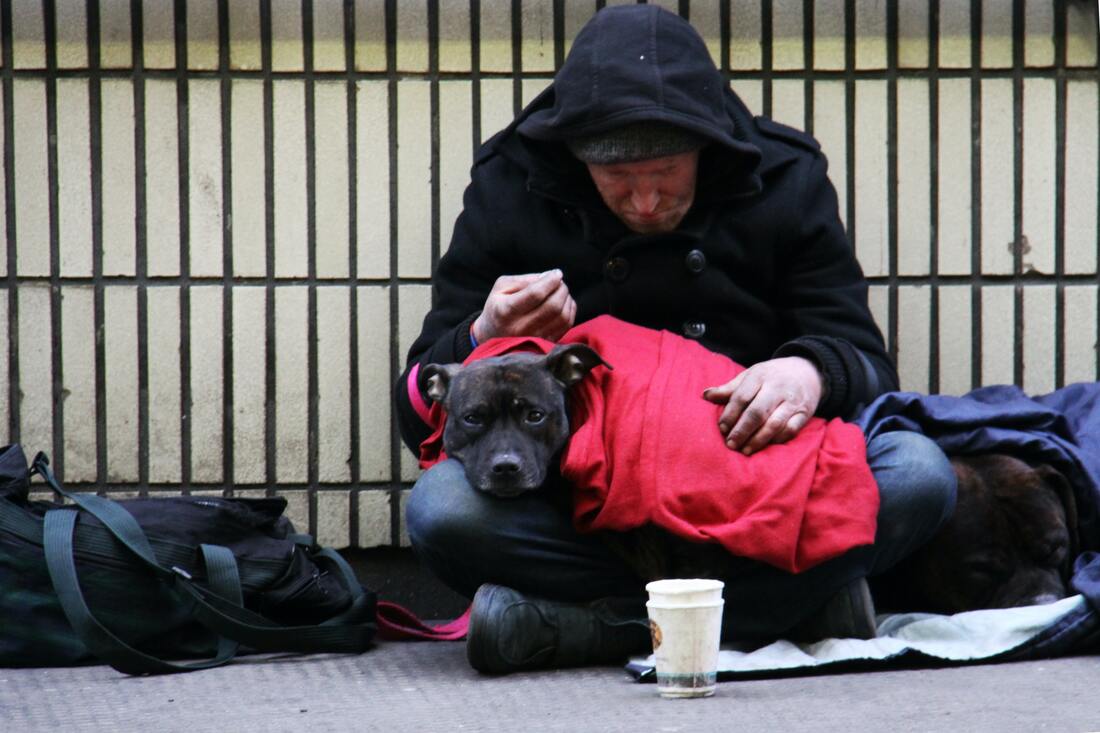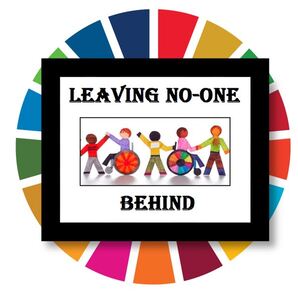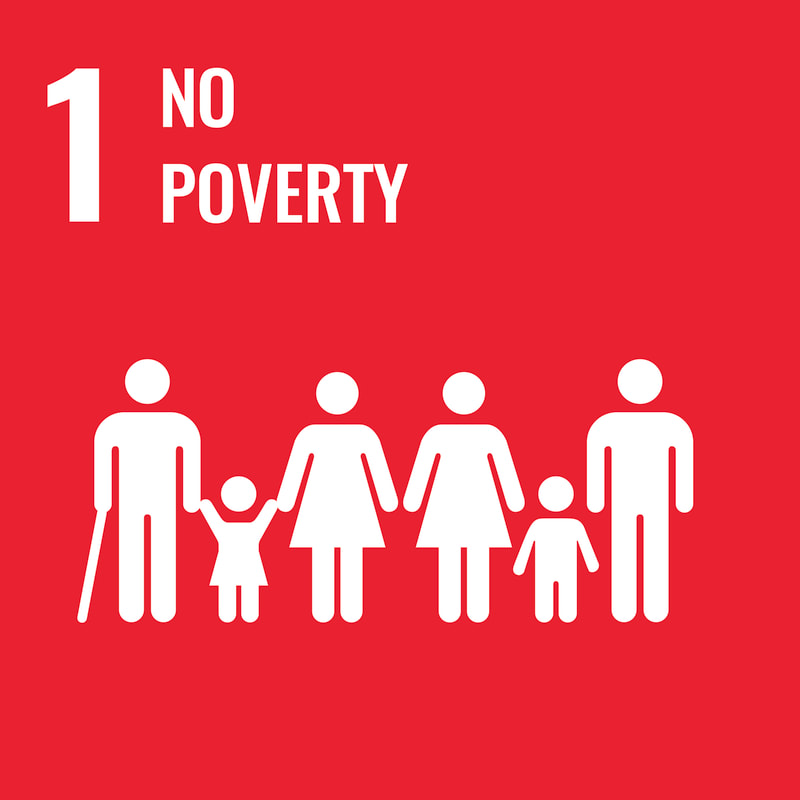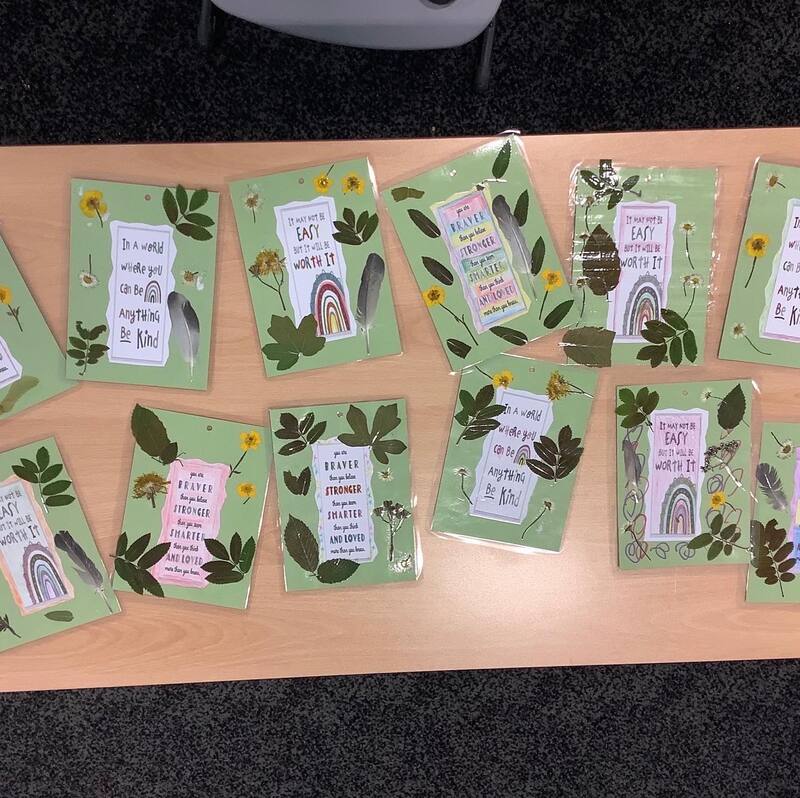Big Idea:
In European countries, it is common to visualise poverty as a problem in other parts of the world, such as Sub-Saharan Africa. The idea is to help students to recognise poverty locally, and to support them to take action in their local community.

Photo by Nick Fewings on Unsplash
Type of Activity:
This is a short scheme of learning, designed to give young people an understanding of homeless people and their needs.
Who is it for?
Ages 11 to 18.
What do I need?
Photographs depicting homelessness, examples of famous homeless people (eg. Jennifer Lopez, Sylvester Stallone, Daniel Craig, Ed Sheeran), shoeboxes - donated by parents.
How long does it take?
4 weeks x 45 minutes.
Introduction
Stimulus - Photos of homelessness, encourage students to discuss what they see and think about the photos. Introduce topic of homelessness - allow students the time to voice their opinions on homelessness - with the idea to later address misconceptions.
Task 1: Students draw their own representation of a homeless person, discuss drawings. Support questioning and deepen understanding by showing two photos of well-known, famous people who have been homeless. Explain to students that these people were once homeless - discuss thoughts and encourage feedback from students.
Discuss what is homelessness? Sleeping on a friend's sofa, not having a home, etc.
Explore reasons people become homeless. Emphasise the fact that it is not always their fault - domestic abuse, leaving partner, falling out with parents. There are many reasons why people become homeless.
Task 1: Students draw their own representation of a homeless person, discuss drawings. Support questioning and deepen understanding by showing two photos of well-known, famous people who have been homeless. Explain to students that these people were once homeless - discuss thoughts and encourage feedback from students.
Discuss what is homelessness? Sleeping on a friend's sofa, not having a home, etc.
Explore reasons people become homeless. Emphasise the fact that it is not always their fault - domestic abuse, leaving partner, falling out with parents. There are many reasons why people become homeless.
What next
Encourage students to voice ideas on how we could help (lessons normally taught around Christmas or Ramadan, when gifts and giving are high profile). Students will normally suggest things like give them food, money. If we were to make them a useful present, what would it have in it?
Task 2: Students draw five things a homeless person needs - discuss the items suggested. How would these items help? Suggest possibility of using shoeboxes to create gift boxes for homeless - can we do this? What do we need to do?
Task 3: Students create leaflets and letters to parents asking for donations, giving examples of things needed to put in boxes. Students can also fund raise to collect money and then visit shops to buy items that they need to go in shoeboxes. Allow students ideas to be paramount and help facilitate these ideas.
Task 4: Students make up boxes and decorate them, notes of kindness or cards can be added to the boxes.
Task 2: Students draw five things a homeless person needs - discuss the items suggested. How would these items help? Suggest possibility of using shoeboxes to create gift boxes for homeless - can we do this? What do we need to do?
Task 3: Students create leaflets and letters to parents asking for donations, giving examples of things needed to put in boxes. Students can also fund raise to collect money and then visit shops to buy items that they need to go in shoeboxes. Allow students ideas to be paramount and help facilitate these ideas.
Task 4: Students make up boxes and decorate them, notes of kindness or cards can be added to the boxes.
Finally
Students visit a local hostel or charity working with homeless people, to donate shoeboxes - use this to stimulate discussion around the benefits to homeless people.
Invite a guest speaker to give a talk based around homelessness.
Big question - "has your opinion on homeless people changed?" yes/no/how? ... discuss and debate.
Invite a guest speaker to give a talk based around homelessness.
Big question - "has your opinion on homeless people changed?" yes/no/how? ... discuss and debate.
Find out more
Did our homeless shoeboxes help? Follow up the activity, inviting feedback from hostel or charity.
How else can we make a difference?
How else can we make a difference?







